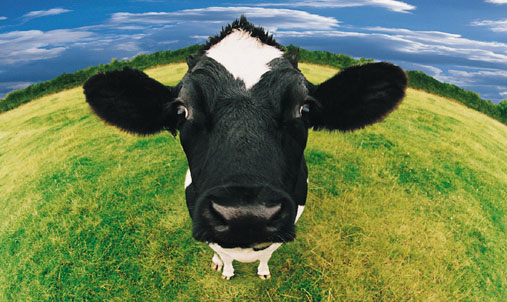Home › Forums › The Japanese Language › On'yomi/kun'yomi
This topic contains 5 replies, has 3 voices, and was last updated by Andrew 11 years, 9 months ago.
-
AuthorPosts
-
January 28, 2014 at 8:10 am #43820
Hi,
I’ve been going round in circles (with occasional breaks bashing my head against the wall) trying to understand the whole on’yomi/kun’yomi thing. I understand kun’yomi; kanji with the addition of hiragana to indicate pronunciation and to create a word (I think, please correct me if this is gibberish), but I just don’t get on’yomi. What do they do? How are they used in Japanese if they can only become a useable word when they have some hiragana bolted on the end, and at that point, how are they different from kun’yomi?January 28, 2014 at 2:56 pm #43829Kun’yomi and on’yomi are the readings of the kanji – on’yomi are pronunciations borrowed from Chinese, while kun’yomi are the pronunciations of the original Japanese words that existed before the kanji was given to it. For example, 犬, the kanji for dog, has いぬ as its kun’yomi and けん as its on’yomi (note that on’yomi are usually written in katakana in dictionaries, so you can tell which is which). けん comes from the Chinese pronunciation of 犬 – in modern Chinese it’s “quan”, so you can kind of see the similarity. いぬ is the original Japanese word for “dog” which already existed before Chinese writing came to the country. 犬 is read as いぬ when it’s standing on its own, and けん when it’s standing with other kanji (for example, 猛犬 = もうけん = vicious dog). Of course, there’s always exceptions – one notable one is 子犬, which is read as こいぬ.
Every rule in Japanese has exceptions. Including this one.
Hiragana tacked onto the end of kanji (for verb and adjective conjugations and whatnot) is called “okurigana”. These exist basically because verbs and verb conjugations existed in Japanese long before Chinese writing arrived. Essentially, almost all verbs and い-adjectives are of Japanese origin. Kanji with attached okurigana always, always use the kun’yomi – no exceptions. This is the exception to the “all rules have exceptions” rule. =)
For example, 走る – to run. The る is okurigana, and the kanji 走 takes its kun’yomi, はし. When you conjugate the verb, you change the okurigana, i.e. 走る-走らない-走った-走らなかった and so on. Also, 走ります-走りません et cetera.
January 28, 2014 at 3:04 pm #43830Kanji have multiple readings that change based on whether they are alone, with hiragana or in compounds with other kanji. Just like you read 1 as “one” and 1st as “first”, and not “onest”.
In general, when the kanji is alone or with hiragana, you use the kun reading. When in compounds with other kanji, you use the on reading.
This is not a rule, but rather a frequent occurrence. You’re better off learning the readings from the vocabulary itself, rather than trying to nail down the readings and then apply them to the vocabulary.
January 28, 2014 at 3:40 pm #43833Just like you read 1 as “one” and 1st as “first”, and not “onest”.
Ooo. I like that. Kinda like the animal is a “cow” but the meat is “beef” – the former comes from Saxon, while the latter comes from French.
January 28, 2014 at 3:57 pm #43834Ooo. I like that. Kinda like the animal is a “cow” but the meat is “beef” – the former comes from Saxon, while the latter comes from French.

サクソン読み: Cow
フランス読み: BeefJanuary 29, 2014 at 5:56 am #43850Thanks guys, you’ve made everything a lot clearer for me :) and more importantly, thank you more the cow picture, it is glorious.
-
AuthorPosts
You must be logged in to reply to this topic.
